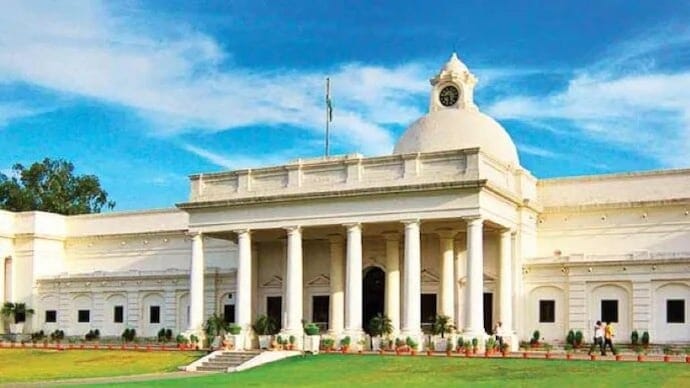Telecommunication makes a gigantic jump: ever pioneers, IIT Roorkee, IIT Mandi, and C-DOT come together to push the boundaries of 6G development
Share
In a first-ever teaming effort, Indian Institute of Technology Roorkee (IIT Roorkee) gets into a collaboration with the Indian Institute of Technology Mandi (IIT Mandi) with support from the Centre for Development of Telematics (C-DOT) for leading the development of Cell-Free 6G Access Points. There, in all likelihood, can be found no better commitment to add impetus to the telecommunication and infrastructure-related work in the country, in consonance with India’s avowed commitment to a selfreliant and high-technology future.

This agreement is under the aegis of the Department of Telecommunications’ (DoT) Telecom Technology Development Fund scheme and will work in the objective of indigenous technology development. The collaboration is not limited to the creation of advanced telecommunications infrastructure. Instead, it will also involve the developing, identifying, and demonstrating the commercial viability of 6G technologies during the standardization phase that goes toward IPR generation. Above all, human resources will be trained to meet the fast-growing ecosystem of 6G.
What is CELL-FREE 6G?
Classic cellular network architectures use a cellular topology, where every cell is serviced by a single base station, to the 4G and 5G technologies which are available today. In the Cell-Free Massive MIMO approach, there are no cells and, thus, no cell boundaries. Instead, a large number of accessible points can be distributed over very vast regions in order to provide a service to very many connected user devices. This innovative design guarantees universal connectivity, uplifts signal responses, and provides superior data flow speed, giving the best user experience even in congested areas.
Key People and Their Pledge
Among the dignitaries who graced the event were Dr. Rajkumar Upadhyay, Chief Executive Officer of C-DOT, Dr. Abhay Kumar Sah from IIT Roorkee, and Dr. Adarsh Patel from IIT Mandi. During the event, Dr. Upadhyay assured the very very pivotal role such indigenously designed technologies played in addressing the variegated needs of communication of the country and further assured how this development would open the horizon in the direction of generation of critical IPR in the 6G domain and others.
This initiative was led by Professor KK Pant, the Director of IIT Roorkee, which is in total resonance with the mission of the institute to bring about innovation and research excellence. This association makes it possible to substantially contribute to India’s 6G vision and also leverages the current position of IIT Roorkee as a leader in technological advancement.
The project stands not for the advancements in technologies alone but also for offering broadband and mobile services at cheap costs. In that process, it tries to bridge the digital divide throughout India. In focusing on the development of cutting-edge access points for the 6G radio access network, this collaboration seeks to ensure that advanced telecommunication benefits reach all corners of the country.
That is, except for the representatives from C-DOT, IIT Roorkee, IIT Mandi, and others who expressed their enthusiasm over the same, this would rather mark an extremely significant step toward designing the fate of telecommunications in India. Committed to the spirit of innovations and excellences, their partnership and commitment as above would pace up the journey of leading India on the global 6G map, given the strongly competitive arena to be at the zenith of technological blazing trails.







